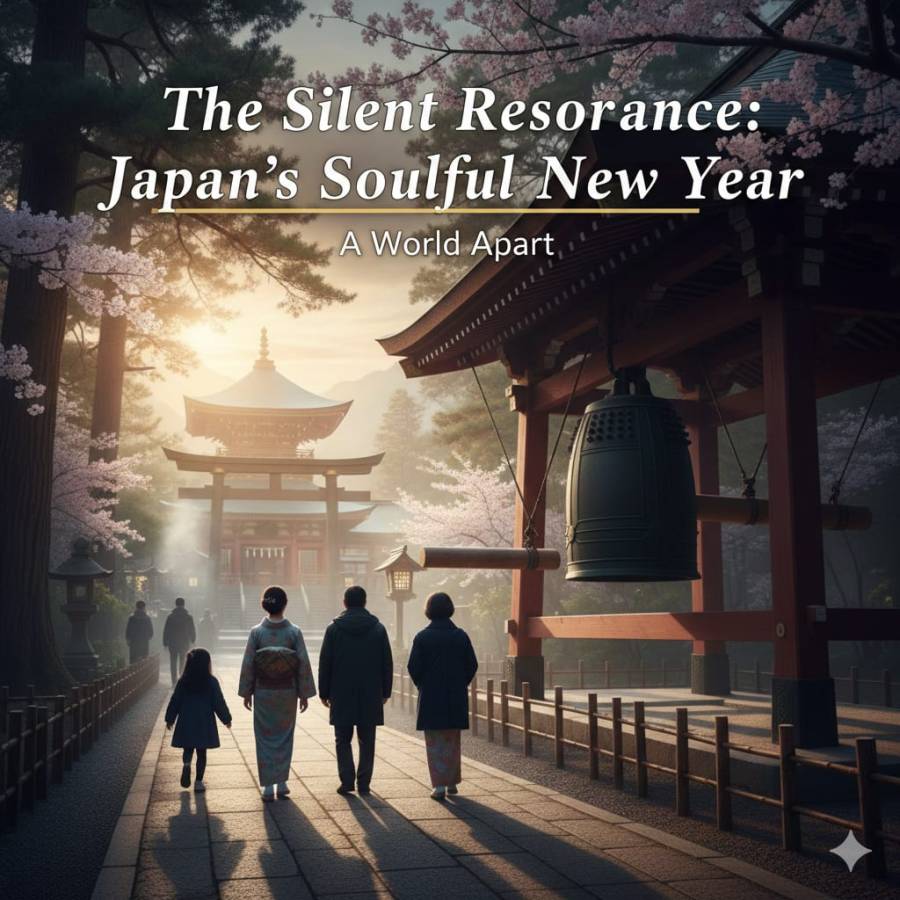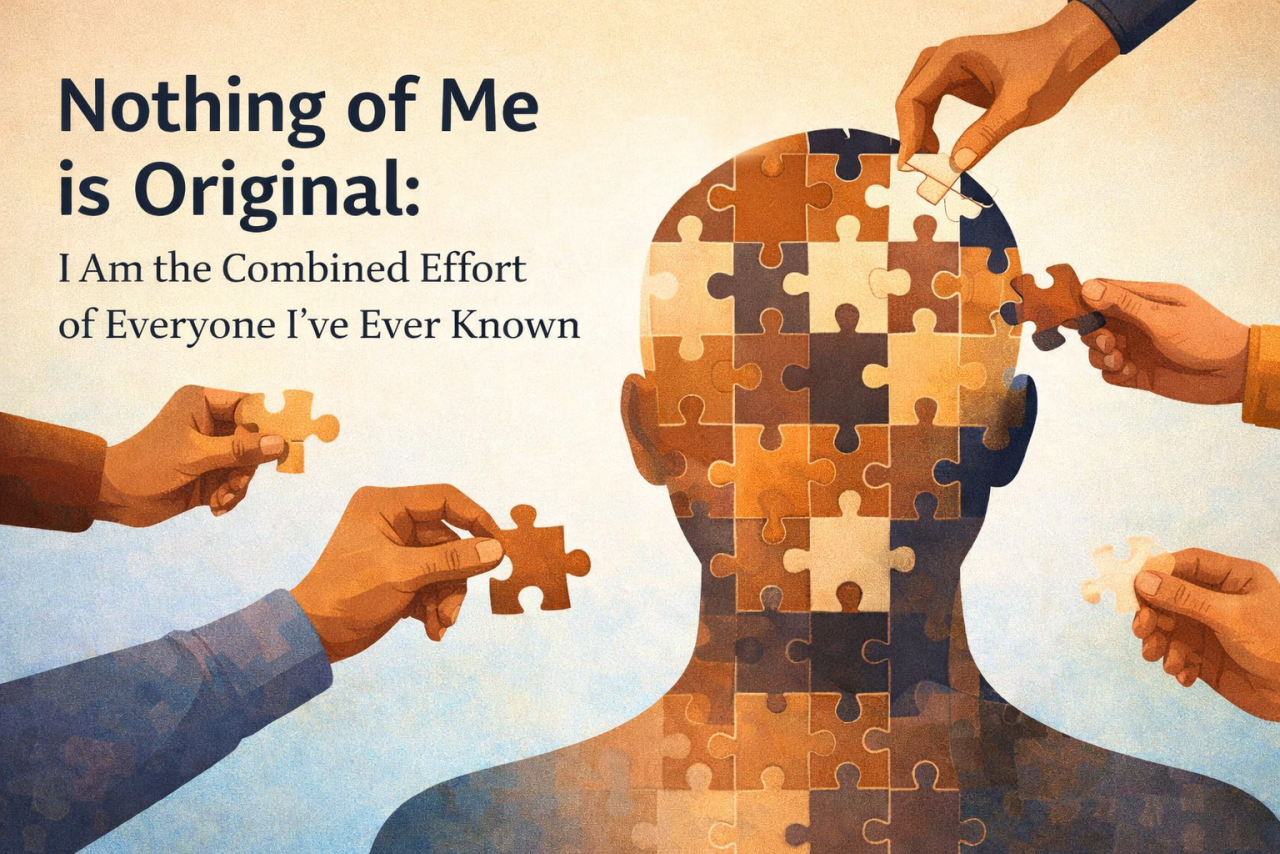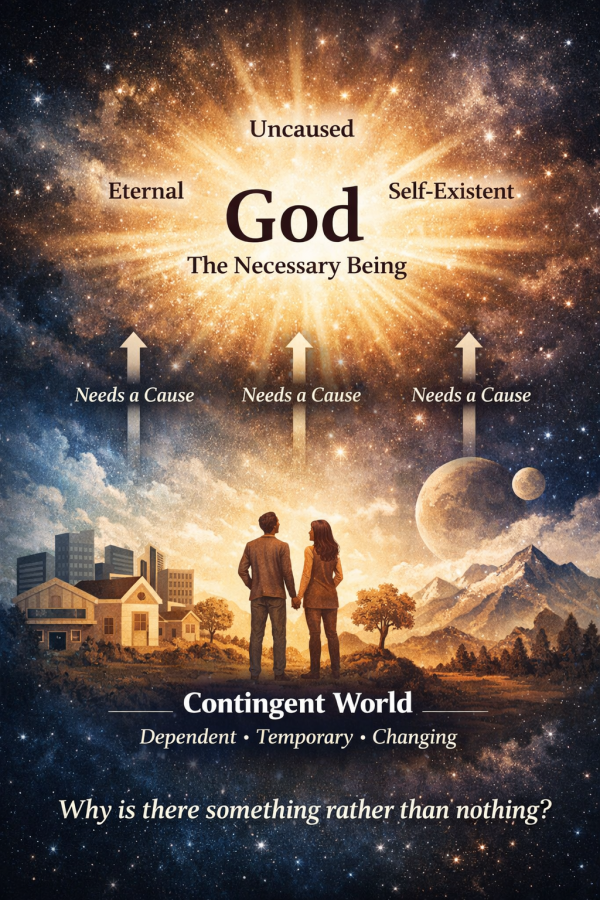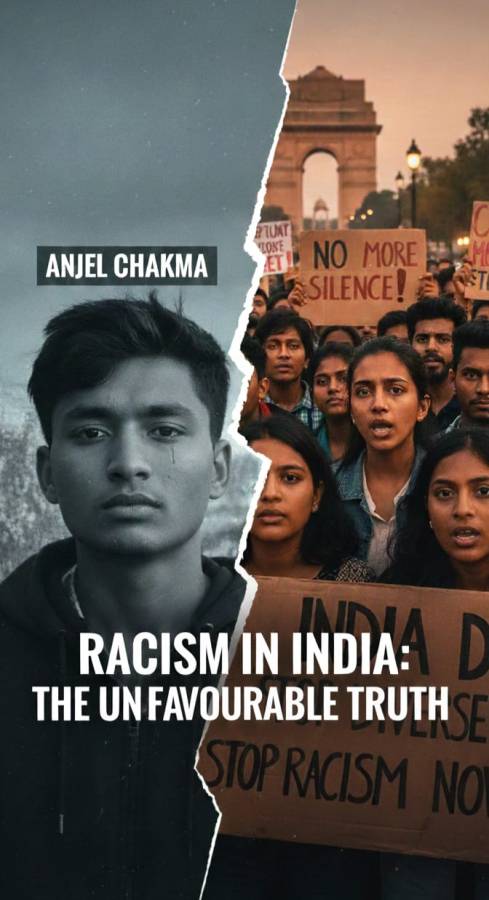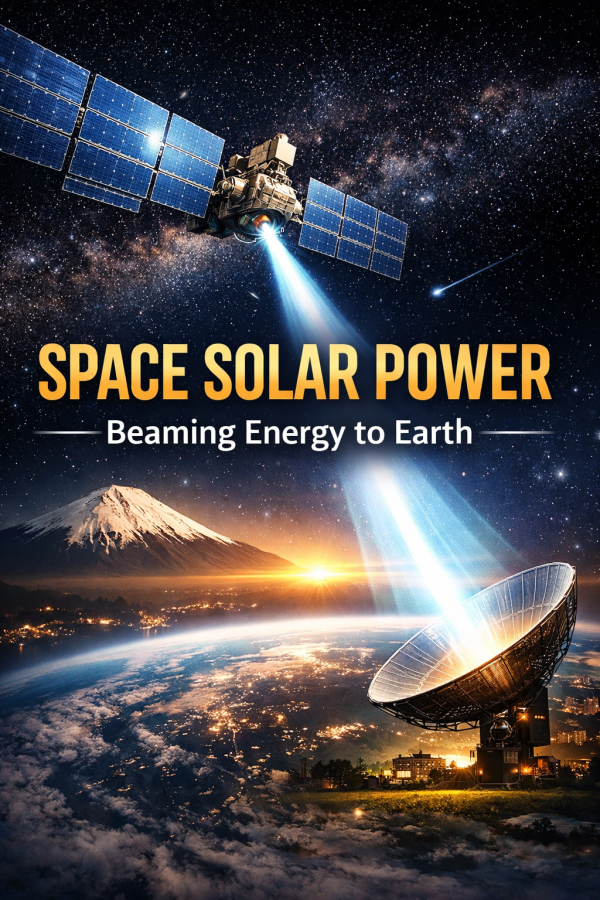
When Indian-origin astronaut Shubhanshu Shukla lifted off as part of the Axiom-4 mission, it was more than just a personal milestone. It marked the return of an Indian presence in space after nearly forty years. The last time an Indian astronaut ventured beyond Earth’s atmosphere was in 1984 when Rakesh Sharma flew aboard a Soviet spacecraft. Since then, India has grown remarkably in space technology but stayed away from manned missions. Shukla's journey is a historic moment with long-term value for India’s scientific ambitions and global standing.
India has had emotional ties with space exploration. We cheered when Kalpana Chawla and Sunita Williams, both of Indian origin, went into space. We grieved when Kalpana died in the Columbia shuttle disaster. Despite not launching a human into space since Sharma, India built a strong reputation in satellite launches, Mars missions, and lunar exploration. However, it remained on the edge of human spaceflight. Shukla’s presence in orbit brings new meaning to India’s space aspirations. It gives a visible sign of progress and revives national excitement about the idea of Indians working and living in space.
The most immediate benefit of Shukla’s mission lies in what it offers to ISRO. As India prepares for its first human spaceflight under the Gaganyaan mission, learning from astronauts who have been to space becomes vital. Space travel demands special training and understanding. The human body behaves differently in microgravity. Muscles weaken, bones lose density, and the heart adjusts to a new environment. These effects can only be properly understood when astronauts return and report their physical and mental changes. Such knowledge is hard to gather from machines alone.
Further, astronauts follow strict safety rules, handle complex tasks, and respond to emergencies. These are not just theoretical skills but learned through direct experience. Having Shukla share his practical knowledge will help India design better training programs for future astronauts. This will ensure that Gaganyaan astronauts are better prepared, both physically and psychologically.
In a broader sense, having an Indian in space energizes the country’s youth. A 2022 study by the National Science Foundation found that countries investing in space programs see higher interest in STEM education. When young minds watch someone from their homeland reach the stars, they feel inspired to take up science, technology, engineering, and mathematics. The spark of imagination that spaceflight ignites cannot be underestimated. India needs more scientists, engineers, and problem-solvers to become a true knowledge power. Space travel motivates students to pursue careers that matter not only in space but also on Earth.
Now comes the question many ask. Why explore space when we have problems here on Earth? The answer lies in the fact that space exploration has direct benefits. Weather forecasting, satellite communication, crop monitoring, and disaster management all depend on space technology. GPS that guides our roads and airplanes, satellite TV, and internet connections would not be possible without it.
Also, space research leads to innovation. NASA developed water purification systems that are now used in many poor regions. Materials created for spacecraft are now used in firefighting and medicine. For India, developing such tech can open new industries and jobs.
There is also the question of national pride and global influence. As the world moves toward setting up bases on the Moon and missions to Mars, countries that stay ahead in space science will have a say in how resources beyond Earth are shared. India cannot afford to be left behind.
In the end, Shubhanshu Shukla’s mission is not just a trip to space. It is a message to every Indian that our journey toward progress includes the stars. It is a promise that the next generation will dream bigger, aim higher, and help build a smarter and more advanced India. Whether they become astronauts, engineers, or scientists, their future will be shaped by the path we begin today.



